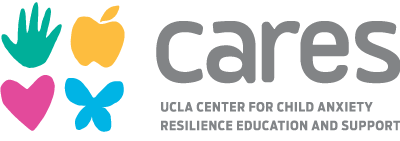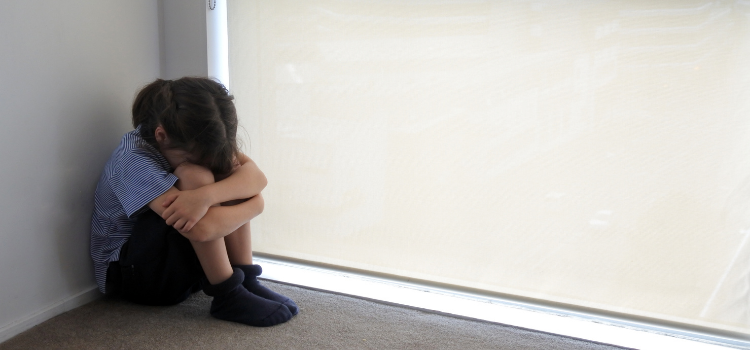Are kids these days more anxious than in the past? This is one of the most commonly asked questions from parents, pediatricians, and teachers. A Google search for childhood anxiety epidemic comes up with over 5.5 million hits indicating anxiety is being discussed more frequently and more openly than in the past. However, there is no evidence to suggest anxiety is more prevalent now than it used to be.
In recent years, through all types of media, parents have received the message of how important it is to be attuned and responsive to their kids’ cues and needs. Parents have been made even more aware of the stress their children may feel in response to life changes, school demands, and social pressures. This is wonderful because an attuned parent can better help their child through many of life’s challenges. So while parents may report that their children feel stressed more often, we have not seen an increase in actual diagnosis of anxiety disorders.
Stress and anxiety are normal parts of life, and can, in fact, be helpful. Test anxiety for example may encourage a teen to study longer and harder than if they weren’t worried about their test performance. However, when anxiety becomes debilitating it can interfere with regular functioning. For example, if a teen’s test anxiety leads to that teen NOT studying, avoiding attending school or completing schoolwork, parents must address the concerns in a more thoughtful way. Often, anxiety takes root in the “what if” rather than the “what is,” and parents may be surprised by the catastrophes their teen is imagining. A parent’s alternate perspective can sometimes help shift a child’s anxious thought while addressing the teen’s fear.
When avoidance or catastrophizing become a pattern, it might be worth checking with the school counselor or a therapist to see if cognitive behavior therapy or other supports could help the anxious child develop new, more productive thought patterns and ease physical manifestations of chronic worry. Learn more about recognizing anxiety in elementary age kids, as well as teens and tweens.
Portions of this post originally appeared in an article published in Slate.
Written by
Catherine Mogil, PsyD
CARES Faculty Member

